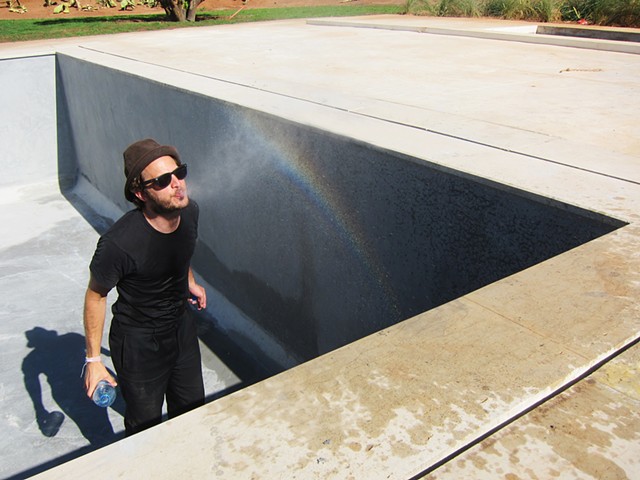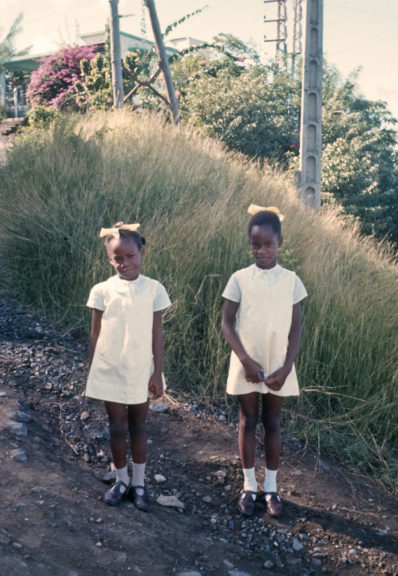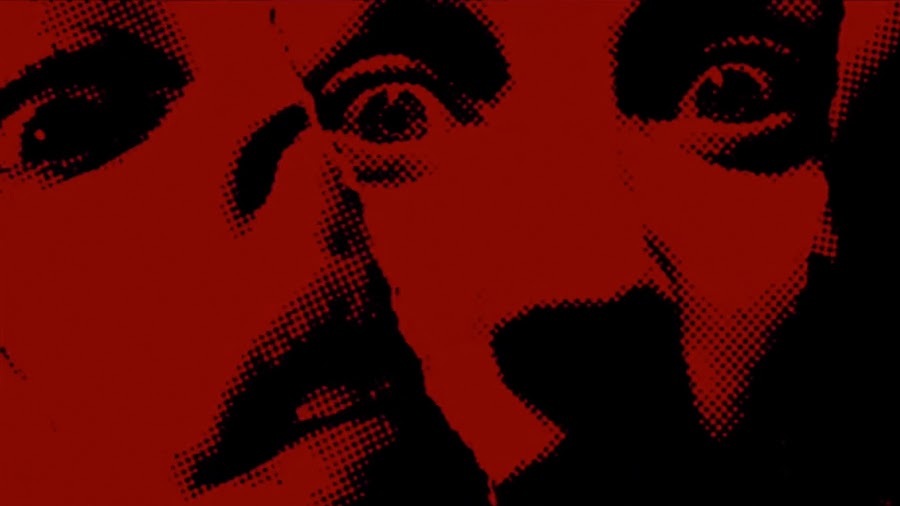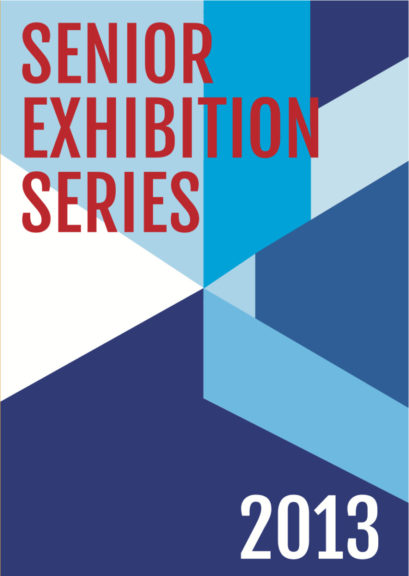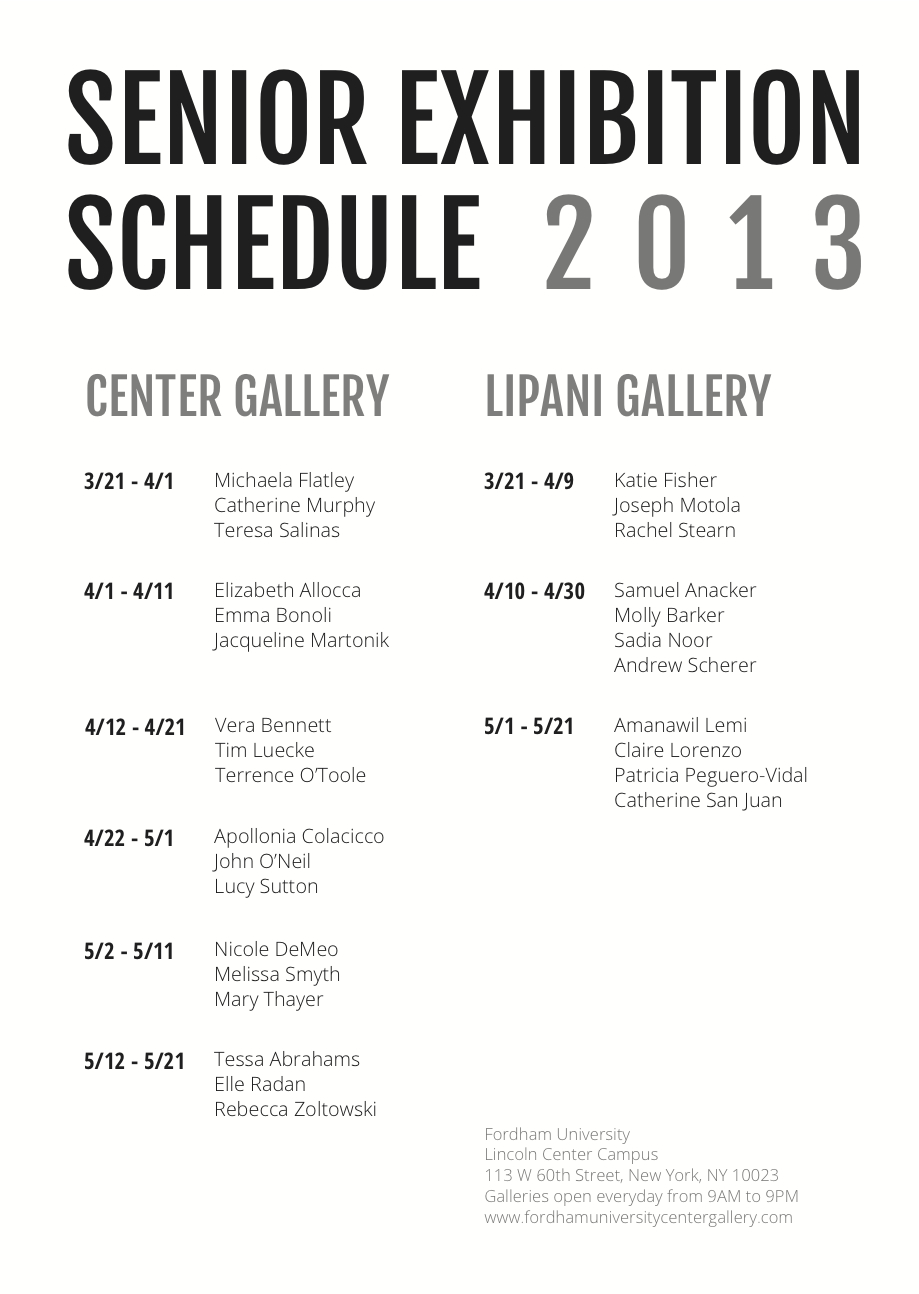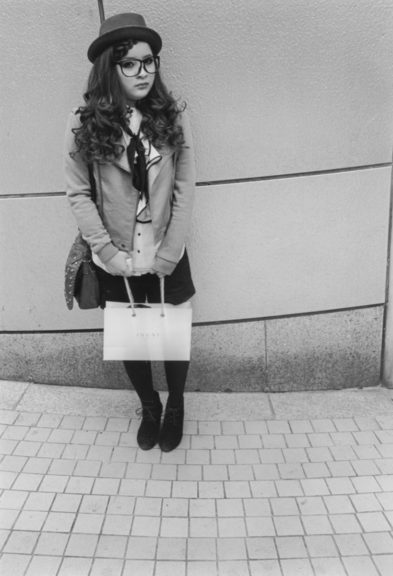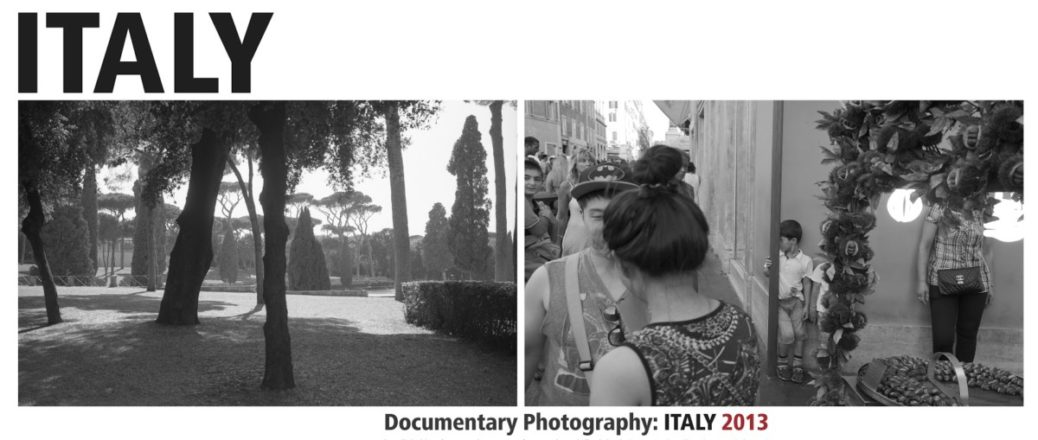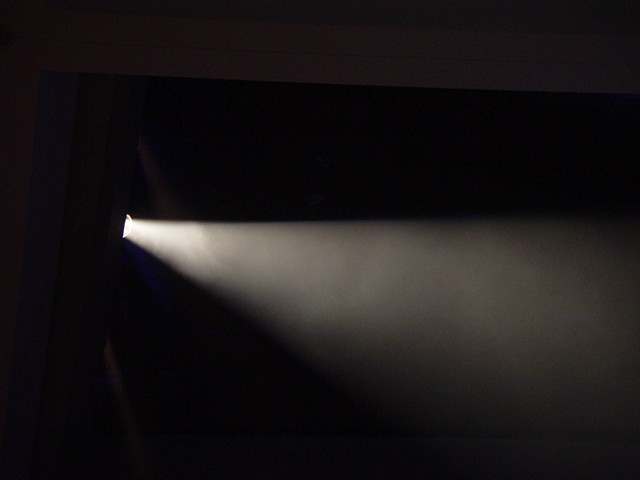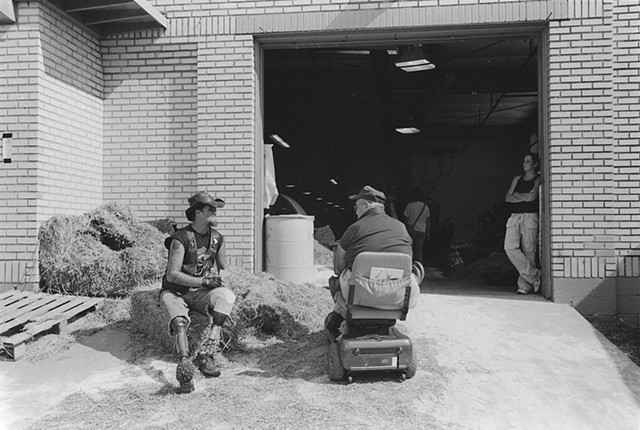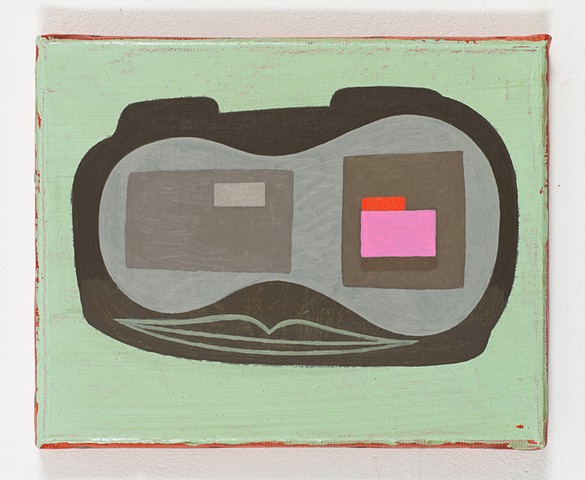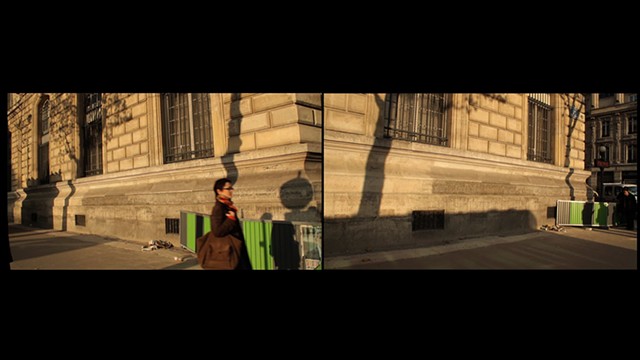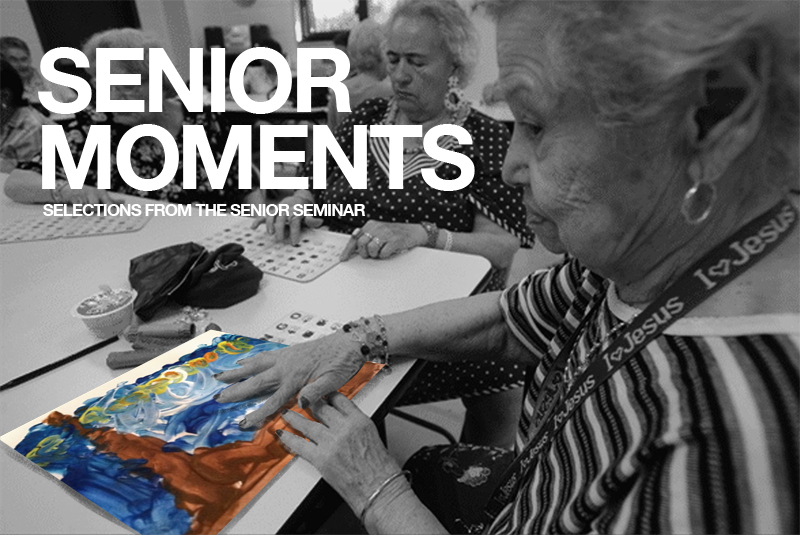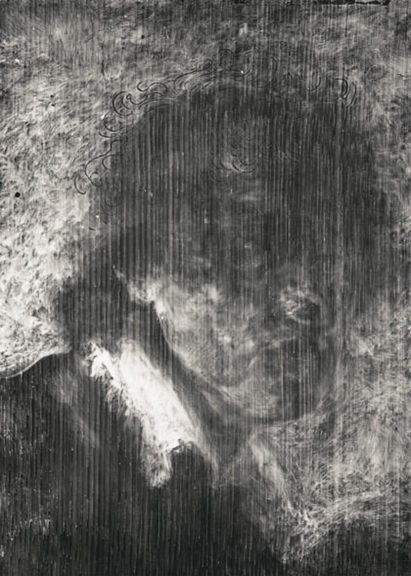
Caveat Emptor (let the buyer beware)
Caveat Emptor (let the buyer beware)
An exhibition of confiscated art forgeries from the Federal Bureau of Investigation’s holdings
Organizers: Stephan Apicella-Hitchcock and Daniel Small
The artists purportedly exhibiting are: James E. Buttersworth, Marc Chagall, Willem de Kooning, Tsuguhara Foujita, Juan Gris, Paul Gauguin, Henri Matisse, Maurice Prendergast, Rembrandt van Rijn, Pierre Auguste Renoir, Andy Warhol, and Hale Woodruff
The Center Gallery
Fordham University at Lincoln Center
July 26 – August 9, 2013
Reception: Friday, July 26, 6 – 8 pm
http://fordhamuniversitycentergallery.com
Caveat Emptor brings together a cross section of confiscated art forgeries on loan from the Federal Bureau of Investigation’s holdings. The works and time periods represented in the exhibition are disparate and the exhibition’s cohesion is further challenged by the tension between the paintings’ initial renown and their true makers’ anonymity. Although one might recognize a work and be tempted to ascribe the word “art” to the object on the wall, they are in fact knock off products, regardless of skill level, that are intended to deceive collectors, institutions, experts, and history.
The Federal Bureau of Investigation has definitively certified each work in the exhibition as a fake. Nevertheless, some contested works have historically occupied a limbo in which the very criteria for determining what is authentic and what is a forgery have been in a constant state of flux. Numerous works have been classified and reclassified, even after the passage of many years. At times it becomes unclear where many disputed works actually fall in the ever-changing continuum. At first inspection, Caveat Emptor presents blue-chip works that could potentially be seen in a group exhibition at any museum, institution, or private collection; yet in truth, one is essentially viewing legal evidence.
Beyond the complexities of forensic evidence that serve to authenticate works, numerous additional issues arise when the competing interests of artists’ estates and legacies intersect with institutional acceptance or denial and countless legal issues. Caveat Emptor will run for two weeks and during the second week the Federal Bureau of Investigation will set up a registration office in the gallery in conjunction with the cyber security conference being held at Fordham University. The forgeries on the walls will serve as the backdrop for their office during the conference.
Stephan Apicella-Hitchcock and Daniel Small, 2013
All works courtesy of the Federal Bureau of Investigation, New York Office.
For more information please contact: Stephan Apicella-Hitchcock: apicellahit@fordham.edu
Image caption: The Rembrandt Database, Rembrandt, Self Portrait, dated 1629, Alte Pinakothek, München, inv. no. 11427

